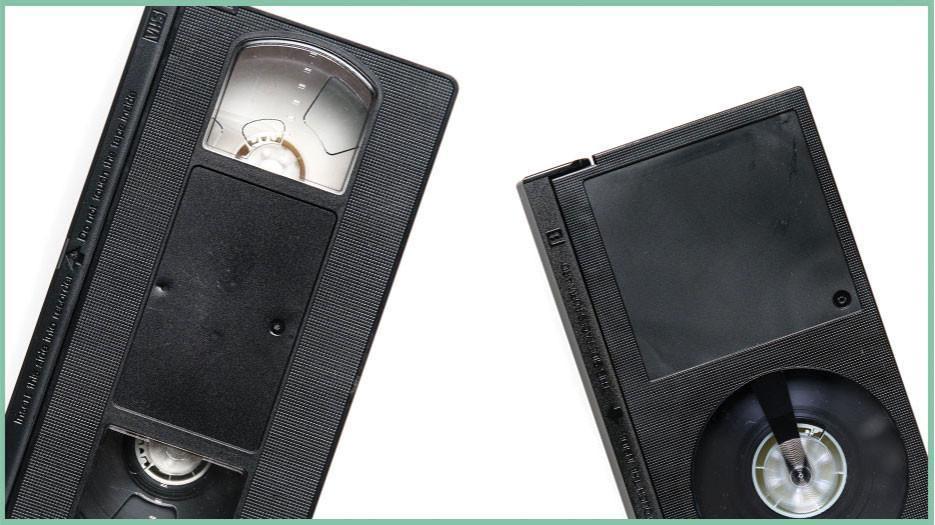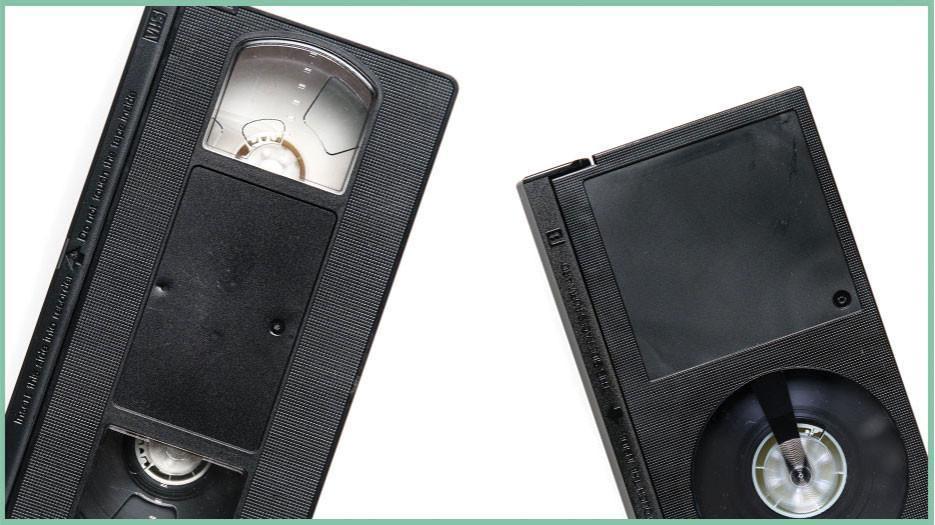When was the last time you rented a movie at a Redbox? Do you still buy DVDs or Blu-rays? Or do you prefer to watch movies on-demand or stream them online? Years before we had to decide between streaming the latest video or taking it home on DVD or Blu-ray, a format war between Sony’s Betamax and JVC’s VHS began. It would completely revolutionize the video entertainment industry, from home recordings to video rental stores. The battle lasted for more than a decade, with neither Betamax nor VHS giving up.
THE EPIC BATTLE
Sony, along with other Japanese companies like Matsushita (which became Panasonic), started creating video tape recorders in the 1950s, but it took a pretty penny to purchase this handy-dandy tech. Sony then released the Betamax in 1975, believing it was in their best interest to push Betamax even though they were advised to embrace VHS technology. Soon after, JVC (Japan Victor Company) launched its VHS (Video Home System) in the late 1970s at a lower price, and that's when a full-fledged format war was born.
Performance-wise, Sony’s Betamax machines could reproduce colors better, playback and fast-forward quicker, and boasted a nifty trick that enabled “bookmarking” certain parts of their tapes. However, the parts for their machine remained pretty pricey, and their technology was only compatible with other Sony products. So, in return, JVC made their VHS machines simpler and cheaper to produce, which allowed them to undercut Sony and gain more market share. JVC also did not acquire patents for their VHS technology, allowing their video format to really flourish.
Still confident, Sony wasn't going to give up that easily. Thus, Betamax players were eventually re-engineered to become more simple and offered noticeably better picture quality than VHS players or VCRs (video cassette recorders). Not to mention, its Betamax tapes were smaller, too. Sounds great, right? Well, those weren’t the most important selling points for consumers ultimately.
When Betamax hit the home video market, its videocassette tapes could record only an hour’s worth of programming. On the other hand, VHS tapes allowed people to record for two hours. Later, VHS made it possible to record for four to six hours. This helped the VHS become the go-to format for home video recording and watching movies. Unfortunately for Betamax, their higher quality mattered less and less, especially compared to the affordability and longer recording times of the VHS VCR.
THE DECIDING FACTOR
If people wanted to record entire movies and watch their own home videos, JVC figured people would likely want to buy or rent movies, too. As a result, JVC turned its attention to building relationships with American motion picture companies and helped launch the home video rental market. This, more than anything else, gave VHS the edge in the format war.
By the time Sony finally expanded the length of their tapes, it was essentially too late. VHS was exploding, while Betamax would spend the next decade or so treading water. By 1987, the $5.25 billion VCR market in the U.S. alone was based on the VHS format, and VHS would remain the dominant format until the DVD arrived on the market a decade later.
So, there you have it! The story of VHS winning over Betamax shows that consumer needs and wants can be the deciding factor over superior technology when it comes to innovation. That's why your parents have hours’ worth of recorded VHS tapes of your dance recital, that one Halloween at grandma's, and the video that proves your brother actually stole the last piece of cake at your Mom's birthday and not you.
Preserve those family memories today by digitizing your VHS tapes to digital with Legacybox.















